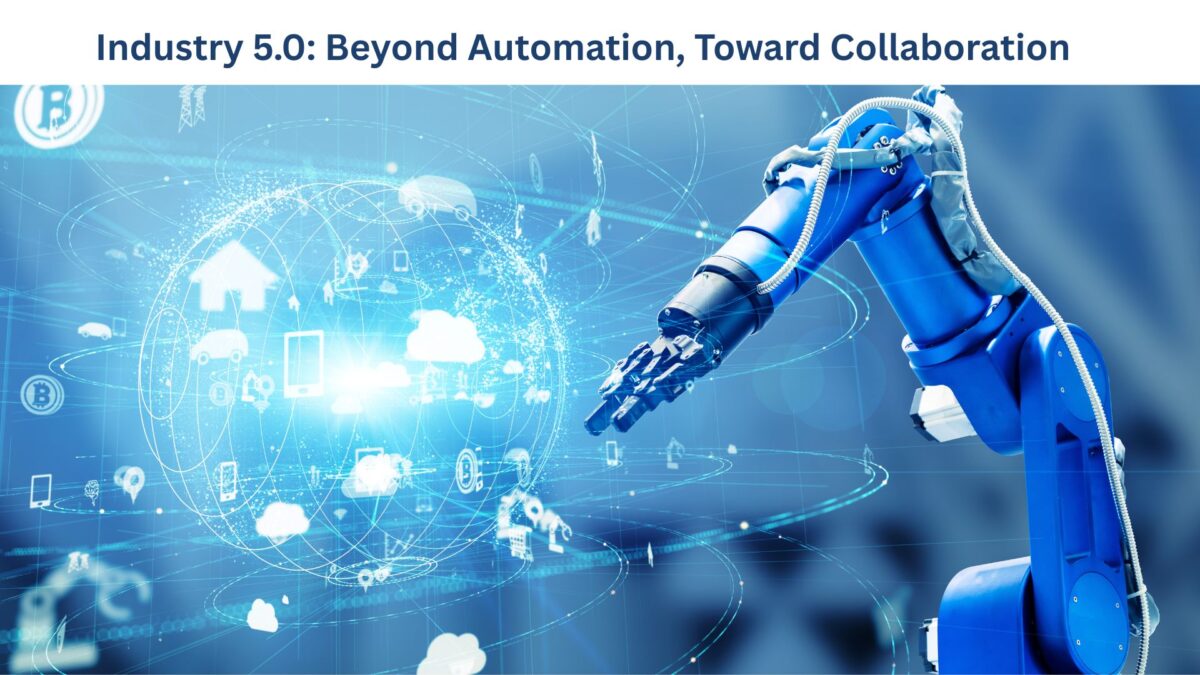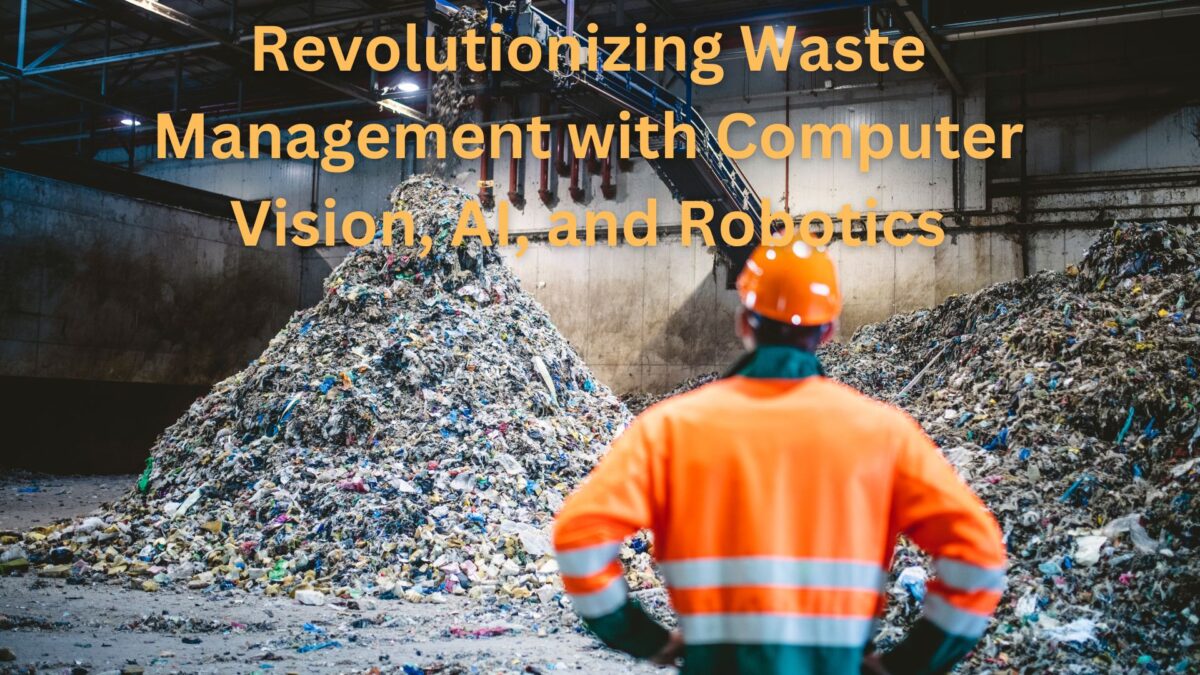Reverse logistics has become a potent tool for supply chain transformation in a time when sustainability is no longer a business afterthought but rather a strategic need. Reverse logistics, which was once thought of as a reactive operation that was centered on returns, recycling, or disposal, is currently being reframed as a proactive, value-generating role that balances economic efficiency with environmental responsibility.
Defining Reverse Logistics and Its Strategic Role
Fundamentally, reverse logistics is the process of moving goods back through the supply chain after they have been consumed in order to be reused, refurbished, recycled, or disposed of safely. This transition from linear to circular flows has philosophical undertones in addition to operational ones. It forces businesses to reconsider resource usage, customer interaction, and product lifecycles. As a result, the supply chain is more adaptable to the needs of a changing global environment and more resilient overall.
Theoretical Foundation: Complex Adaptive Systems
The versatility of reverse logistics is what makes it so alluring. Based on the ideas of Complex Adaptive Systems (CAS), RL networks are viewed as dynamic ecosystems that are decentralized, ever-changing, and influenced by stakeholder interactions and feedback loops. According to this perspective, developing adaptability, teamwork, and systemic intelligence is more important for a successful RL implementation than following strict procedures.
Drivers of Adoption: Why Reverse Logistics Matters
There are several factors influencing this change. Organizations are increasingly being pushed by environmental concerns to adopt circular economy models, which limit waste and continuously recycle commodities. Economic incentives are also important because recovering usable components decreases production costs and lessens reliance on virgin resources. Companies are further forced to assume responsibility for post-consumer waste by regulatory frameworks like Extended Producer Responsibility (EPR). Customers are rewarding companies that show a sincere commitment to environmental stewardship as they raise their demands for sustainability and transparency. Technology also acts as a catalyst; real-time tracking, predictive maintenance, and improved recovery procedures are made possible by IoT devices, ERP systems, and data analytics.
Building a Reverse Logistics System
Effective reverse logistics implementation necessitates a comprehensive strategy. The first step is to guarantee a steady rate of returns by creating mechanisms that motivate customers to return worn goods by offering rewards, information, and convenient locations for collection. Depending on their worth and condition, items go through a variety of recovery procedures after being returned. Reuse, repair, refurbishing, repurposing, recycling, remanufacturing, and cannibalization are a few examples. Every approach prolongs product life and improves resource efficiency. Disposal capacity for non-recoverable goods must be managed appropriately, utilizing eco-friendly techniques such secure landfilling or burning.
What Makes Reverse Logistics Work
Infrastructure by itself, however, does not ensure reverse logistics success. It is dependent upon a number of enabling conditions. Executive teams must prioritize RL as a strategic function rather than a compliance checkbox; leadership commitment is crucial. Collaboration among stakeholders is equally important and necessitates coordination between end users, logistics providers, and suppliers. Through requirements and incentives, regulatory assistance can hasten adoption, and consumer engagement guarantees involvement and confidence. The ecosystem is completed by technological integration, skilled labor development, and financial investment, which together provide a strong basis for scalable RL operations.
The Role of Artificial Intelligence: Accelerating Intelligence and Impact
A key component of next-generation reverse logistics is quickly emerging: artificial intelligence. Predictive analytics made possible by AI can predict return volumes, pinpoint the best recovery routes, and foresee bottlenecks before they arise. Natural language processing improves consumer interactions regarding returns and sustainability, while machine learning algorithms can evaluate product condition data to automate sorting judgments.
Dynamic routing for reverse logistics fleets is also powered by AI, which lowers fuel consumption and boosts collection effectiveness. Robotics and computer vision simplify material recovery and disassembly in warehouse operations. Additionally, AI-powered platforms enable real-time cooperation amongst stakeholders by combining data from regulators, suppliers, and customers to produce a cohesive, flexible RL ecosystem.
AI turns RL from a reactive function into a strategic capacity that is scalable, responsive, and closely connected with sustainability goals by integrating intelligence into each node of the reverse supply chain.
Strategic Implications: Beyond Waste Management
In the end, reverse logistics is a strategic attitude rather than just a supply chain innovation. In order to design for longevity rather than obsolescence and to create ecosystems that flourish on the creation of reciprocal value, it challenges enterprises to view waste as an opportunity. By connecting sustainability, profitability, and systemic change, RL provides a rich environment for impactful leaders and ecosystem builders.
Quotients is a platform for industry, innovators, and investors to build a competetive edge in this age of disruption. We work with our partners to meet this challenge of metamorphic shift that is taking place in the world of technology and businesses by focusing on key organisational quotients. Get in touch with us open-innovator@quotients.com.










